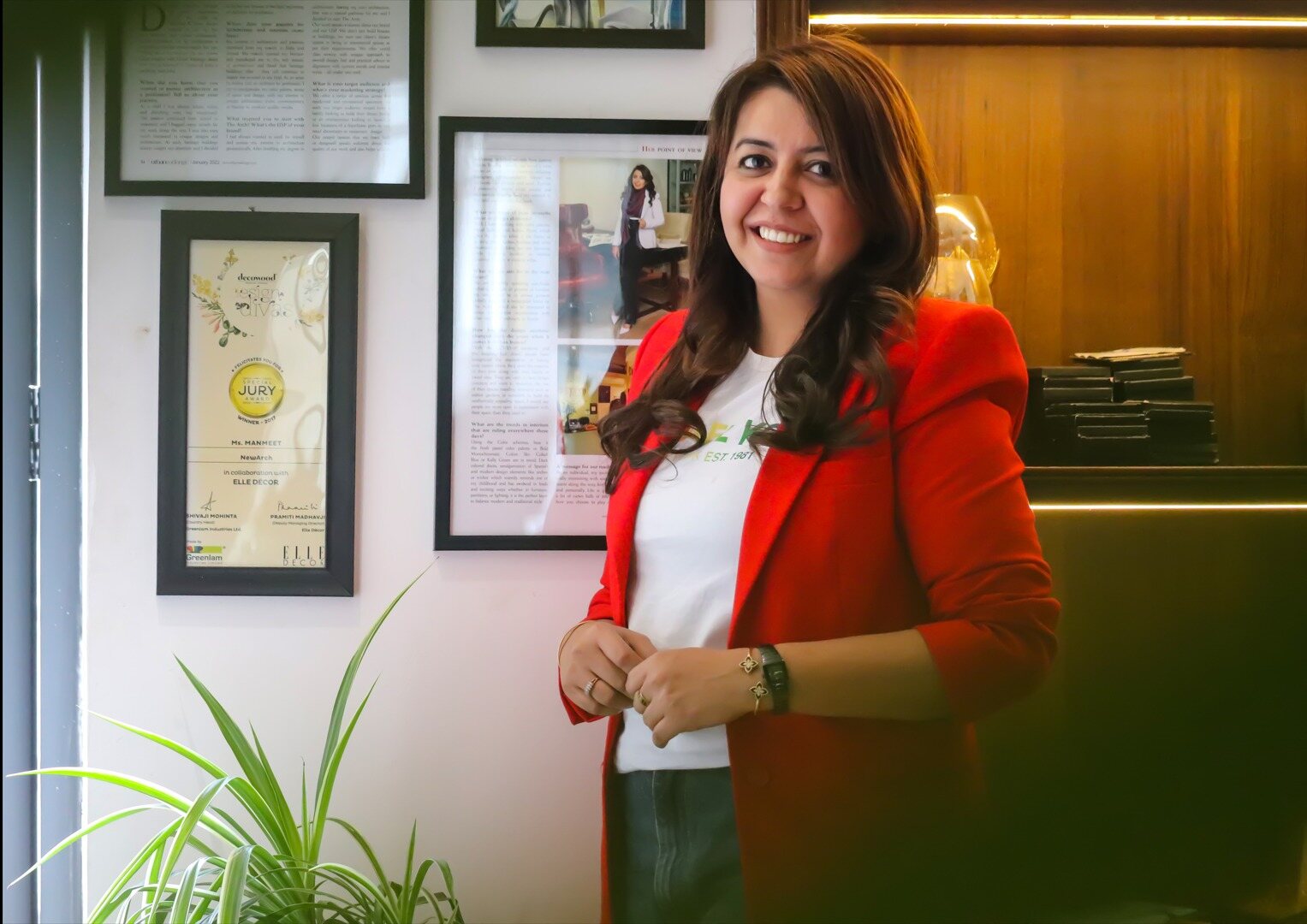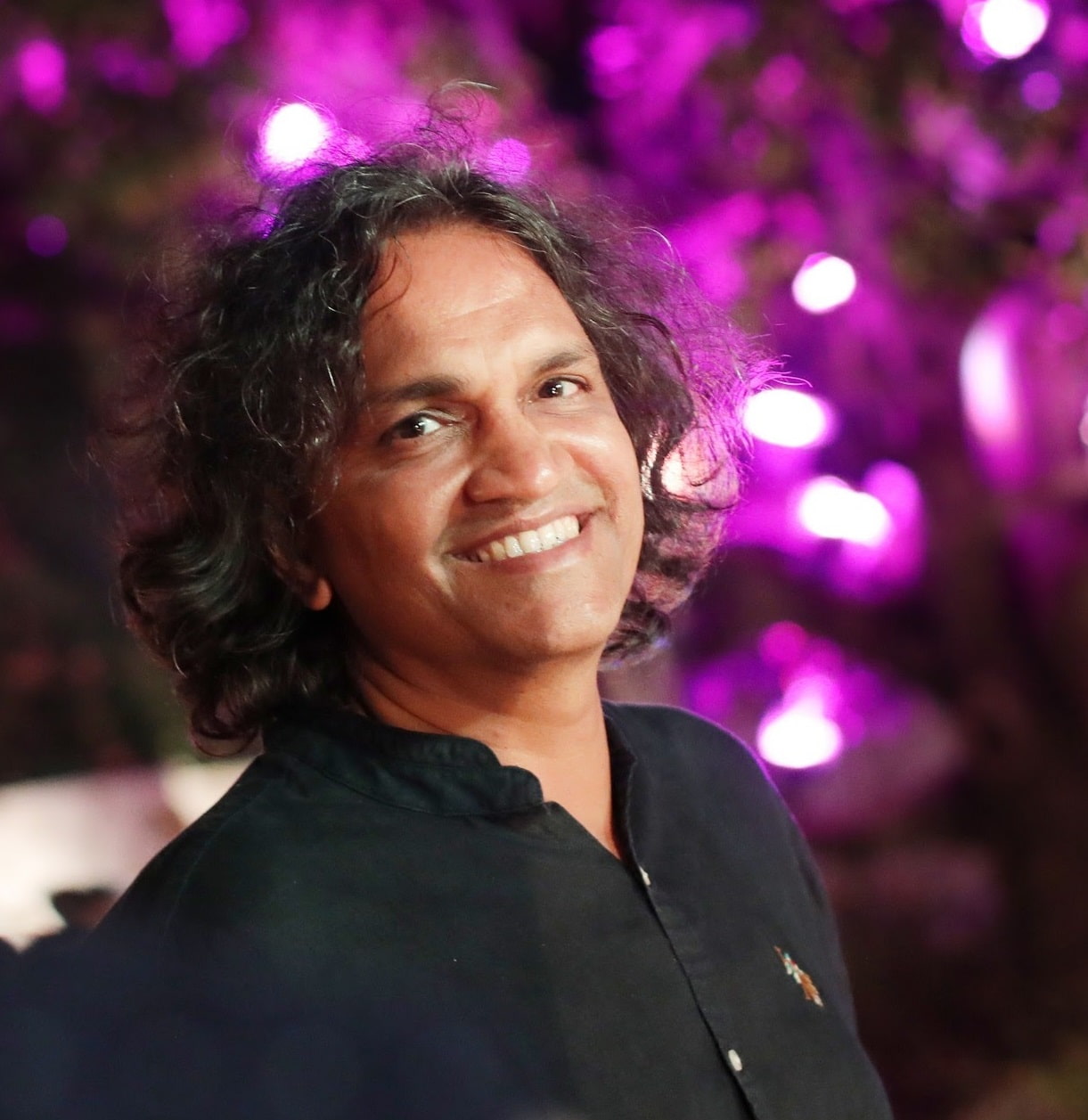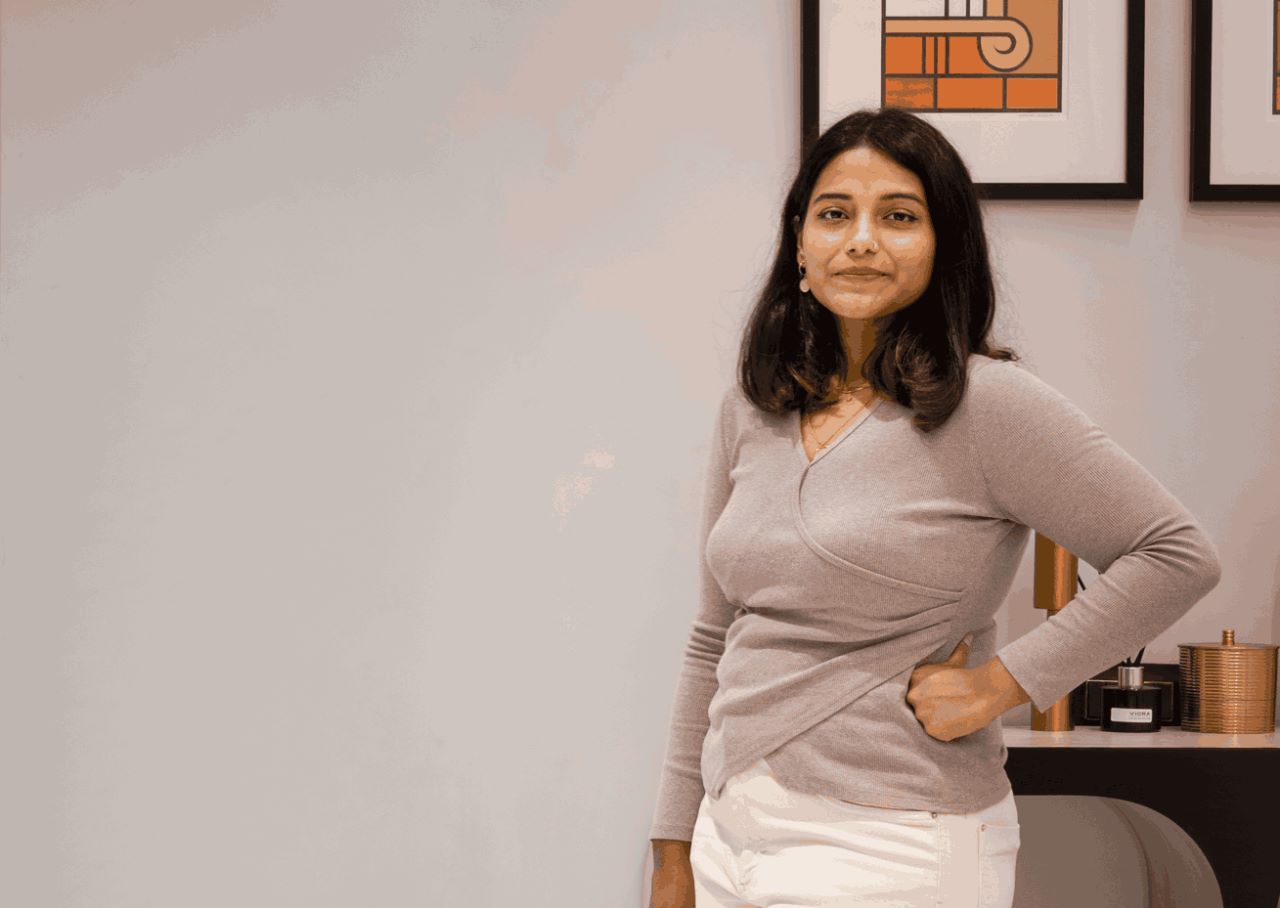The architectural and interior design industry is in a state of flux, with new trends and practices emerging all the time. However, one thing is clear: the demand for well-designed, sustainable, and personalized spaces is only going to continue to grow in the years ahead. As technology advances, there is also a growing interest in incorporating smart home features into the architecture. In this interaction with BuildingandInteriors, Designer Tahir Dar from Srinagar emphasizes the importance of effective insulation and careful planning when designing interiors. He also discusses his role in preserving local culture and tradition through his designs. With his unique approach to design, Dar is making a name for himself in the architecture and interior design scene in Srinagar, Jammu & Kashmir.
About Designer Tahir Dar & team
Tahir Dar and the team hail from Srinagar, Jammu & Kashmir. They firmly believe that good design is a result of prominent research, along with technical knowledge and artistic judgement. They strive to create spaces where people and activities thrive with the utmost satisfaction.

Designer Tahir Dar on factors that influence his architectural and interior design approach in Srinagar
As an architectural and interior designer in Srinagar, it’s important to consider the local geography and climate conditions as driving factors in design. Srinagar is located in a seismic zone, which means that load-bearing structures are important for safety and stability. However, there is a trend towards frame structures, which should also be considered.
In addition to load-bearing structures, it’s important to consider the installation of various systems, such as heating and insulation, to ensure that the building can withstand the harsh winter in Srinagar. Building codes should also be considered to ensure that the design meets the necessary safety requirements.
When designing interiors in Srinagar, it’s also important to consider the local culture and traditions. The culture is known for its intricate craftsmanship, so incorporating local artisans and materials can add a unique touch to the design. It’s also important to consider the use of space and lighting, as these can have a significant impact on the comfort and functionality of the space.
Tahir Dar’s design & style inspiration
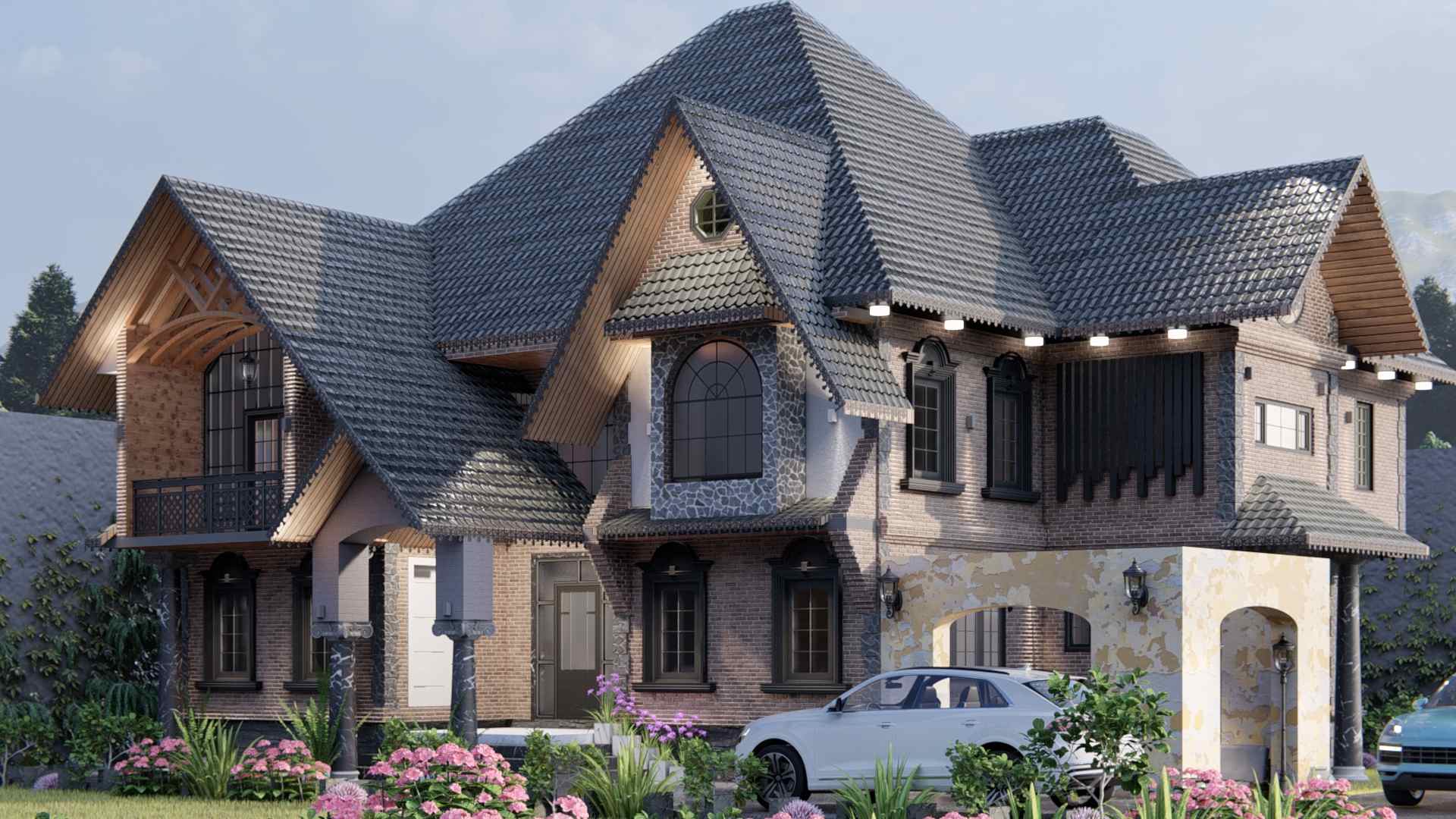
I find the cultural and traditional aspects of this place to be an incredible source of inspiration for my work. Many traditional elements as well as technology still continue to influence the architecture and design aesthetic in Srinagar. The use of locally sourced materials adds to the beauty of the buildings while promoting sustainability.
My goal as a designer is to preserve the unique cultural identity of Srinagar while incorporating modern architecture. I strive to create spaces that are both visually stunning and authentic by blending traditional and contemporary styles. At the same time, meeting the client’s expectations is of utmost importance.
Typical challenges faced due to the huge influx of new materials in the market
I would like to share that although the basic construction part is similar across different states in India, designing differs. The use of different materials in different patterns is noticeable in places like Kashmir or Shimla. We prioritize client awareness and educate them about new materials’ features, durability, and cost-effectiveness. However, some clients prefer traditional architecture or hesitate to try new things, making it difficult to convince them to adopt new materials.
In my opinion, staying updated with the latest trends is important. Therefore, we collaborate with suppliers and manufacturers to raise awareness. Moreover, we leverage digital platforms and social media to showcase our work and educate clients about new materials and technologies. It is essential to balance client preferences with innovation and cost-effectiveness while working with new materials in the market.
Balancing functionality and aesthetics in architectural and interior design
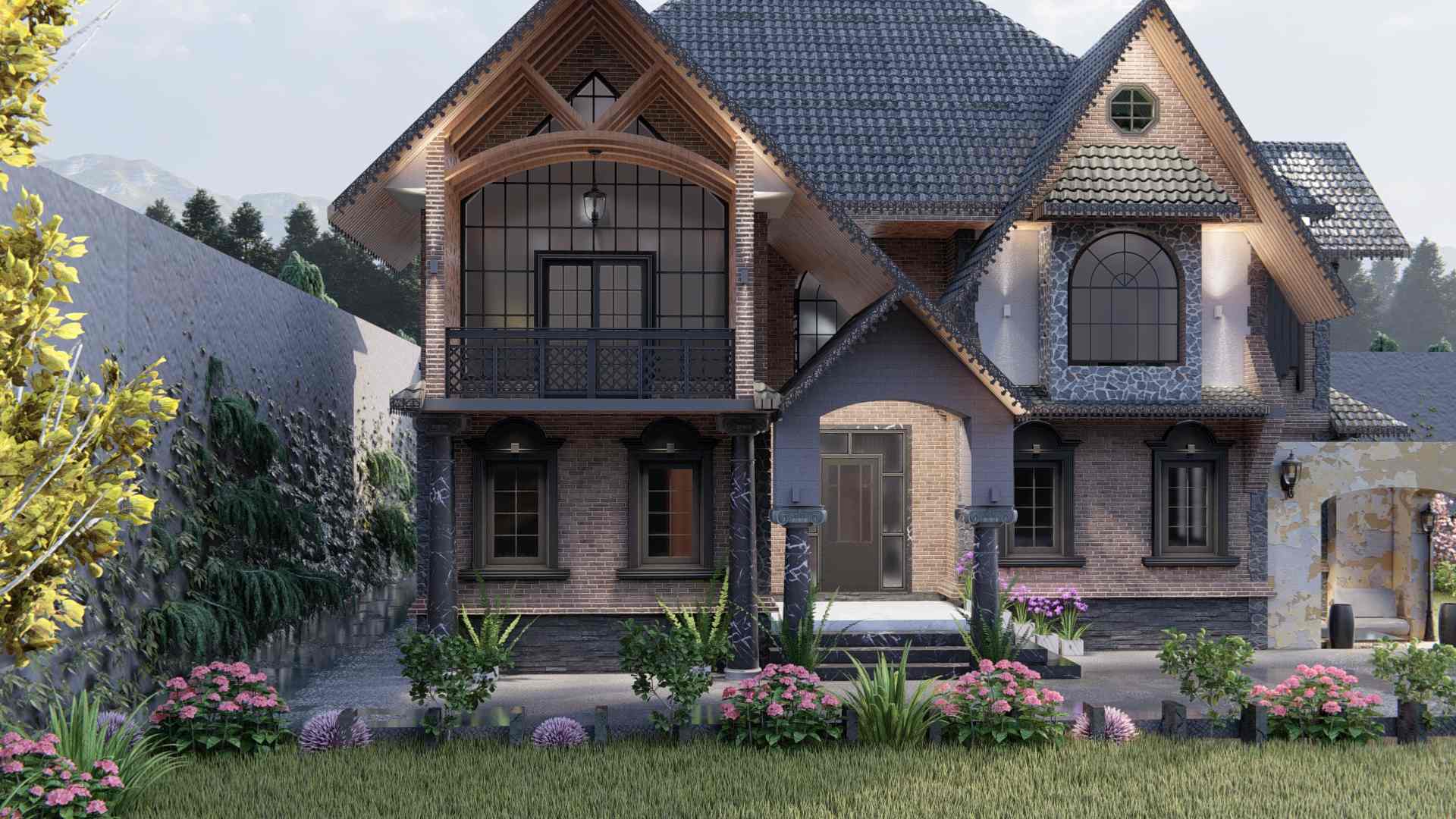
It is evident that the architecture and design scene in Srinagar is a rich tapestry of tradition and modernity. While contemporary designs are gaining traction, traditional themes and structures continue to be an important influence on the design process and client preferences.
However, it is important to note that the functional needs of a space must be given equal consideration to its aesthetics when designing a structure. This is especially important in regions like Srinagar that experience extreme weather conditions, where the issue of insulation in winter can greatly impact the comfort of living spaces.
To address this concern, it is crucial to employ innovative techniques and materials that provide effective insulation, without compromising the structural integrity or visual appeal of the space. While traditional mud structures were highly insulated, modern concrete structures can also be designed to provide similar insulation levels through careful planning and execution.
Technology and architecture go hand in hand
Technology has had a profound impact on the field of architecture and interior design. This allows professionals to create buildings and spaces that are functional, sustainable, and visually striking. From 3D modelling software to smart home technology, designers are using a range of advanced tools and techniques to enhance their work. However, the cost of these tools can be prohibitive for smaller firms, and some clients may be hesitant to embrace new technology.
As a designer, I think it is crucial to remain up to date with the latest technological advancements in the field. Keeping abreast of new tools and techniques will enable designers to create innovative and sustainable designs that meet the needs of their clients. However, it is equally important to consider the cost and potential discomfort of using new technology when recommending it to clients.
While technology has transformed the field of architecture and interior design, it is important to strike a balance between innovation and practicality. This ensures that new technologies are used in a manner that benefits both designers and clients.
The future of architecture and interior design in Srinagar
It is true that parametric structures and interiors are gaining popularity in the architectural and interior design industry. These designs offer an eye-catching aesthetic that is difficult to achieve with traditional design methods. However, executing these designs requires a certain level of expertise and knowledge that is not yet widely available. As a result, it may take some time for these designs to become more commonplace in the industry.
Smart homes are also becoming increasingly popular, as they offer a convenient and efficient way to control various aspects of a home, such as lighting, temperature, and security. With the increasing availability of smart home technology and the growing demand for homes that are equipped with these systems, it is likely that smart homes will continue to dominate the market in the coming years.
In terms of green structures, while they may be costly initially, they offer significant long-term benefits, such as reduced energy costs and a lower carbon footprint. As the importance of sustainability and environmental responsibility continues to grow, it is possible that more cost-effective substitutes for green structures will become available, making them more accessible to the cost-sensitive Indian market.
Most satisfying project executed till date
I had the pleasure of working on a project that I consider to be one of the most satisfying structures I have designed. It has a load-bearing structure, and boasts an impressive wall insulation system and central heating, ensuring the comfort of its inhabitants.
One of the highlights of this structure is its incorporation of smart technology, ensuring the client’s convenience and peace of mind. Furthermore, the use of a combination of materials, including tiles, stone, and rubble stones, added a unique touch to the design. The wooden truss roof and front fascia are traditional elements that give the structure a timeless appeal.
In terms of aesthetics, the colour theme of the structure was carefully chosen to complement the local preferences, which often lean towards a more natural colour palette. While plaster moulding and other decorative features were considered, we opted for a more simplistic approach, resulting in a clean, modern look.
To get in touch with Designer Tahir Dar and his team, contact below:
|











